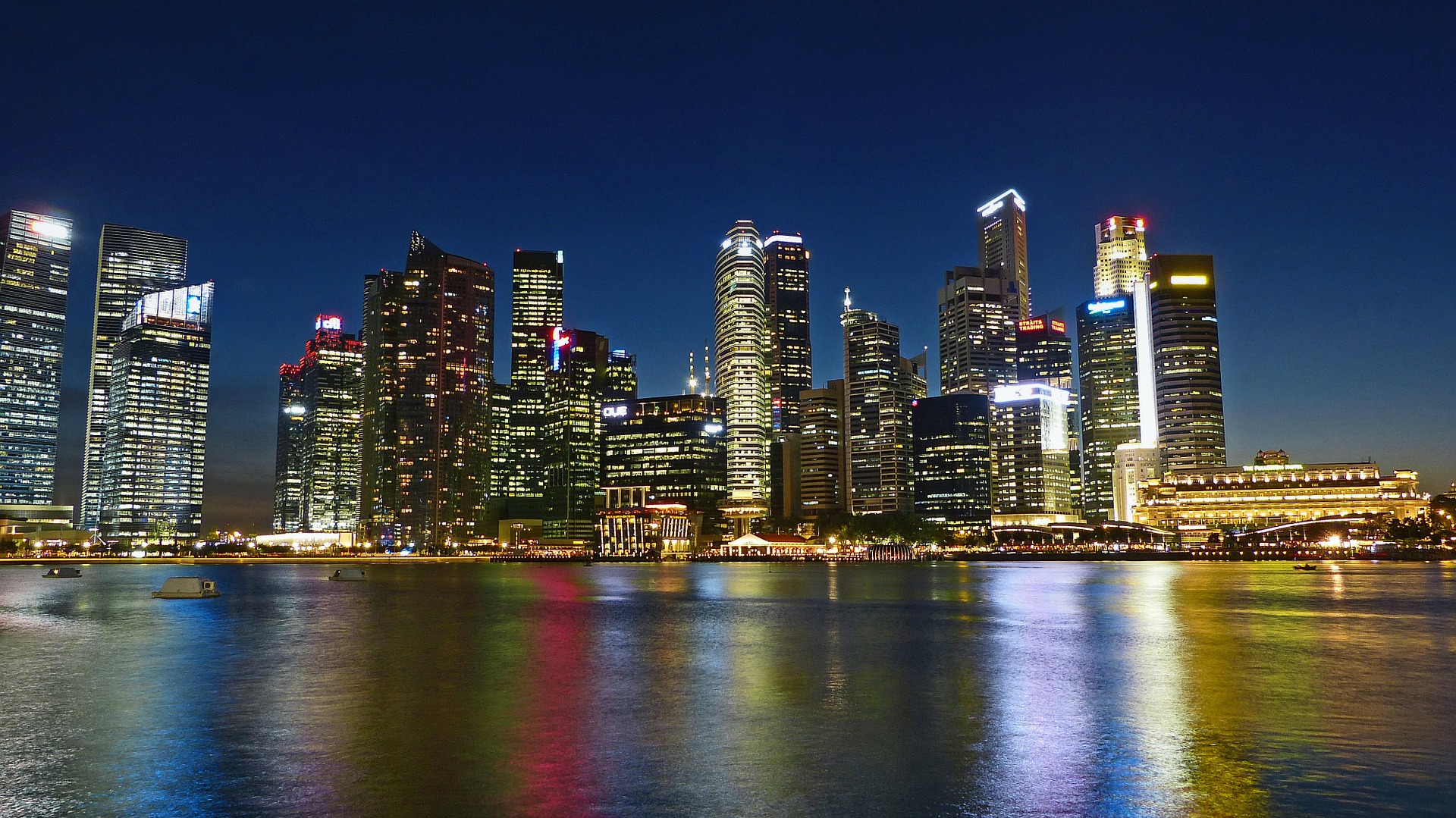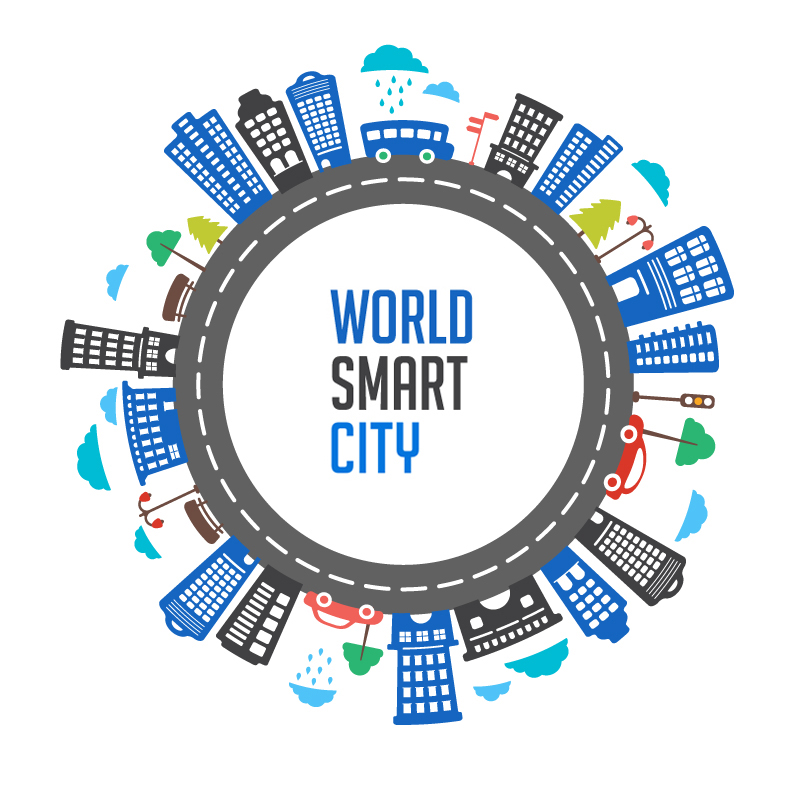How Amsterdam turned a polluted industrial site into its most interesting neighbourhood
Editors note: This article first appeared in Citiscope.org and is reprinted with permission.
Citiscope is a nonprofit news outlet that covers innovations in cities around the world. More at Citiscope. org and citiscope.org/subscribe.
AMSTERDAM, The Netherlands — Just across the River IJ from central Amsterdam’s waterfront sits an old industrial area that once was left for dead.
The area known as Buiksloterham was home to a Fokker airplane factory, a Shell oil laboratory, a large shipbuilding industry and other manufacturing. Over time, most of the companies here either died or moved out of the area. They left behind a waterfront wasteland where the soil in some areas was polluted. After years of hoping for an industrial revival that never quite came, city leaders concluded about ten years ago that it was time for Buiksloterham to move on.
That’s when things got interesting — and when Buiksloterham became a model for any city wrestling with what to do with a decaying industrial zone.
The standard approach in the Netherlands to an area like this would have been to buy out whatever businesses remained and turn the site over to a big developer. Instead, city leaders opted for a more organic approach. They changed the zoning to allow for a mix of uses. And they created a relatively hands-off path to allow Buiksloterham to slowly fill in with residences and offices on whatever land was safe to inhabit. This allowed any surviving industrial uses to leave on their own, over time.
A decade later, it seems clear that Amsterdam made a choice that other cities can learn from. Bit by bit, the neighborhood is turning into a lively area just a short ferry ride from the city center. Meanwhile, it’s evolved into a creative hub for the so-called “circular economy,” attracting devotees of the idea that renewable power, rainwater harvesting, recycling and other techniques can allow an urban neighborhood to handle all its own energy, water and food needs without creating waste.
The incremental approach to redeveloping Buiksloterham also proved to be the only viable way forward when the economy crashed in 2008.
“At that time, organic development was also a practical solution,” says Abdeluheb Choho, Amsterdam’s alderman for sustainable development since 2014. “The municipality did not have the money to buy out industries that were polluting the area.”
Bottom-up energy
The recent history of Buiksloterham begins about ten years ago. At the time, creative designers and architects began taking over some of the area’s empty industrial buildings and transforming them into shared office spaces.
The municipality owns some of the land here and wanted in on the action, too. Amsterdam put out a tender to redevelop four locations into offices, dictating high sustainability demands for these new buildings as part of the deal.
Then in 2008 the financial crisis hit. As the economy slowed, any hopes of rapid redevelopment in Buiksloterham vanished.
One place where plans ground to a halt was the former shipyard known as De Ceuvel. Developers backed out of a redevelopment project here, but municipal leaders wanted to find a way to keep some momentum going. “There were all kinds of complaints from the neighborhood about illegal waste dumping in this area,” Choho says. “We had to do something.”
In 2010, the municipality decided to put out a tender for a ten-year lease of the De Ceuvel land. The idea was to put the waterfront location to temporary uses until the market picked up. City leaders also wanted to see creative approaches to sustainable urbanism. The winning idea, put forward by a group of young entrepreneurs, fit both of those goals. It also set a tone for the bottom-up energy and ambitious environmentalism that would come to define the new Buiksloterham.
One signature feature of De Ceuvel is its work spaces. These are basically retrofitted houseboats that have been pulled up onto land. They’re connected by wooden walkways, elevated to keep pedestrians above the polluted soil. Special plants seeded in the area are able to absorb the pollutants and are expected to clean the soil within ten years.
The busiest new place is a waterfront café. In warm weather, the café turns into a popular hangout place for young urban hipsters, as well as neighbors and tourists. The De Ceuvel team organizes regular parties, concerts and cooking events here, creating a spontaneous atmosphere that draws people to the area. They also use the restaurant as a testbed for sustainable practices. For example, they grow mushrooms on re-used coffee grounds, and use a biomass gasifier to turn food waste into energy used by the houseboats. The building itself is made from recycled wooden materials.
De Ceuvel’s backers call the whole site a “clean tech playground.” Throughout the area, solar energy is used for heat and electricity. Green roofs and rainwater storage systems help clean water and save it for when it’s needed.
One of the partners in this plan is Metabolic, a consulting and clean tech development firm. Metabolic CFO Sanderine van Odijk was closely involved in these projects. “The development of De Ceuvel has been incredibly important for the further development of Buiksloterham,” she says. “It started a movement. There were people who seized the opportunity, and an interest in creating a circular economy started to develop.”
Quite unexpectedly, De Ceuvel became the new hotspot in Amsterdam. It attracted a whole new crowd that for the first time crossed the river. As Van Odijk says, “It’s these little seeds you need to foster.”
Plot by plot
Another key to the organic development unfolding in Buiksloterham is housing.
In 2011, the municipality decided to sell off a small number of housing lots not too far from De Ceuvel, in an area where pollution was not an issue. The goal was to attract people who wanted to build their own homes using sustainable building practices such as using recycled materials and generating their own electricity. This was a unique opportunity in Amsterdam — or anywhere in the Netherlands. Housing development here is usually in the hands of social housing corporations or commercial developers, not individuals.
Frank Alsema was one of the first pioneers to buy and start building here. He lives in a camper as he slowly builds a home out of castoff building materials he finds on the internet. In the beginning, he says, there was not much interest in living in a “cold and windy wasteland,” as he describes the area then. The lots sold for a fraction of what they would be worth elsewhere in Amsterdam.
“The first people who started building were all creative people who really couldn’t afford their own house unless they did a lot of work themselves,” Alsema says. “Some of them were architects that didn’t have a lot of paid work at the time. So they invested in building their own sustainable house as a showcase for their talent. This created a special kind of energy. People knew they were part of a story that was being created.”
Alsema became the social glue connecting the small but growing community of people moving into the area. He set up a foundation called City Lab Buiksloterham to create, among other things, a digital platform connecting everybody in the area — it’s a sort of Facebook for the neighborhood. Since everybody here is into sustainability and is either building or supervising the construction of their own home, it’s become a robust community of people who have a lot of ideas to share.
“The whole circular economy narrative started to spread,’ Alsema says. “More and more people began showing interest and are discovering the area: individuals, developers, researchers, public utilities companies.”
By 2015, land sales here had become an event. People camped out for six weeks to make sure they got their plot. Nowadays, there’s no longer a Buiksloterham discount — the plots sell for about what they would elsewhere in Amsterdam’s hot housing market. Which means another crowd is moving in, one with a bit more money to spend.
Bigger housing developers are moving in, too. And they’re picking up on the cultural shifts they see unfolding here. For example, social housing corporation de Alliantie, which owns a lot of land in the area, is using more recycled materials in its buildings and finding other ways to develop according to circular economy principles.
“More small-scale and bottom-up development, more people choosing to share things instead of buying them, and the general demand for a more sustainable city were all trends we couldn’t ignore,” says Marieke Top, an area developer with de Alliantie says. “So when we had to decide what to do with the land we owned, it was obvious that we should connect to what was already going on.”
Turning point
About a year ago, de Alliantie, the public utilities company Waternet and the municipality joined with many of the citizens, designers and architects involved in redeveloping Buiksloterham to put their sustainability ideals to paper. The result was the Manifesto for a Circular Buiksloterham.
“We must re-imagine how cities function,” the manifesto says. Buiksloterham is practically a “blank slate” that can “serve as both a test bed and catalyst for Amsterdam’s broader transition to becoming a circular, smart and biobased city.”
As part of the manifesto, Metabolic made an “urban metabolism analysis” of the area, essentially to take stock of the neighborhood’s current and anticipated flows of energy, water, waste and mobility. The manifesto also pledged to turn Buiksloterham into a “Living Lab” where traditional city rules on such things as utilities hookups or parking requirements could temporarily be set aside. This would leave room for experimentation with new ways of handling old problems such as how to handle wastewater or transport.
The Living Lab is not an official status — and the manifesto is not a binding document. But Metabolic’s Van Odijk says it has an important symbolic meaning: “You need an analysis of the current situation and a vision for which direction you are heading,” she says. “That story binds parties together. From there, you look for cooperation. You try things. And of course, you make mistakes.”
In practice, this is not always easy. Marieke Top of de Alliantie says the different stakeholders don’t all feel the same sense of urgency. The city bureaucracy, she says, “is not always equipped for this new, experimental way of working.”
“For example, reducing car traffic is one of our shared mobility goals,” she says. “That means creating fewer parking spaces, improving public transport, car sharing, better facilities for cyclists. Most of these are dependent upon the municipality, but they don’t take the necessary decisions. In the meantime, we want to start building, but in our design we are dependent upon these decisions. Do we have to incorporate parking spaces in our buildings or not?”
Buiksloterham’s evolution has brought the neighborhood to an ironic turning point. The city’s hands-off approach up to now is part of what allowed this area to flourish organically from the grassroots. Now that market forces are coming into play, however, there are increasing calls for the municipality to take a more active role in setting clear policies. As Van Odijk says, “It’s good that they leave room for initiative, but you need a clear set of guidelines.”
Van Odijk is concerned that as more traditional developers move in, the enthusiasm for cutting-edge sustainability practices will wane. Alderman Choho is not as worried about that. He thinks Buiksloterham has already shown there is a great demand for more environmentally responsible living. “If demand changes to more sustainable houses,” he says, “then it becomes more interesting for the market to develop them.”
Choho says the municipality’s role is to set high expectations and to leave room for experimentation. “We talk to all parties involved about our sustainability ambitions, and if necessary, we can set demands for the developments of plots that we own,” he says. “However, our general attitude is: Be open to what you don’t know and give room to new developments, without strict guidelines.”
For his part, Alsema wants to see the city set high standards for sustainability that can challenge people to come up with cross-disciplinary ideas to meet them. “By constantly lifting these standards, the circular story remains interactive, and people will continue feeling part of a narrative that is developing,” Alsema says.
“It’s like a game. People like to be constantly challenged to find ways to go around existing barriers and to play with or even hack the rules. That keeps that special vibe in Buiksloterham alive. And up to a certain point, that will prevent old systems from taking over again.”
See more over here.


